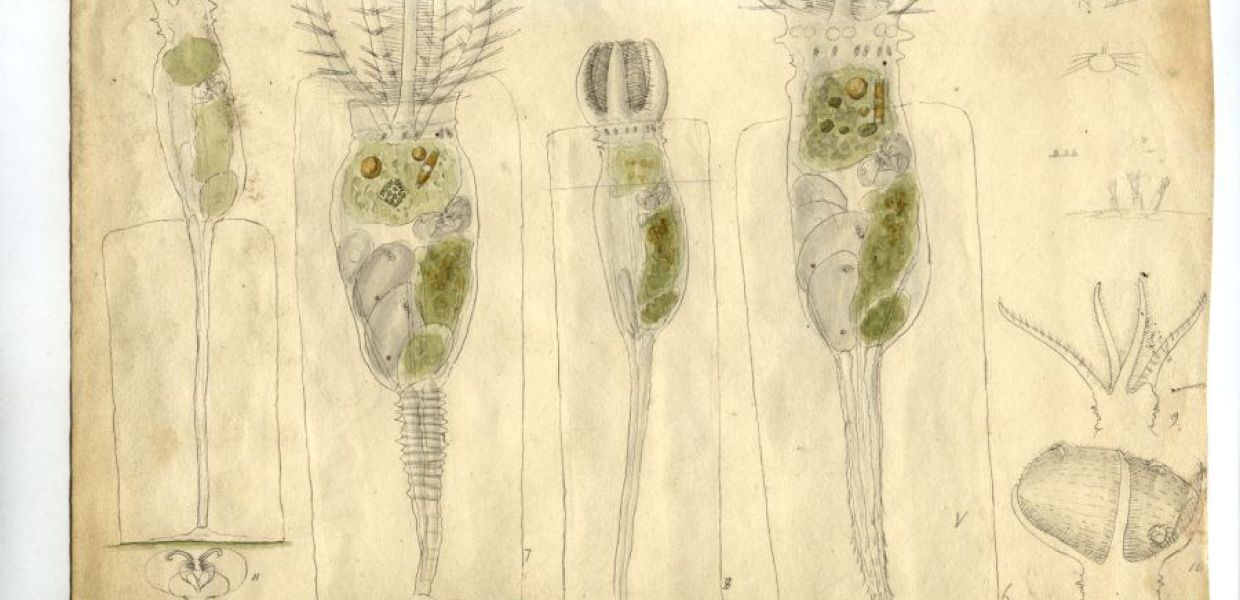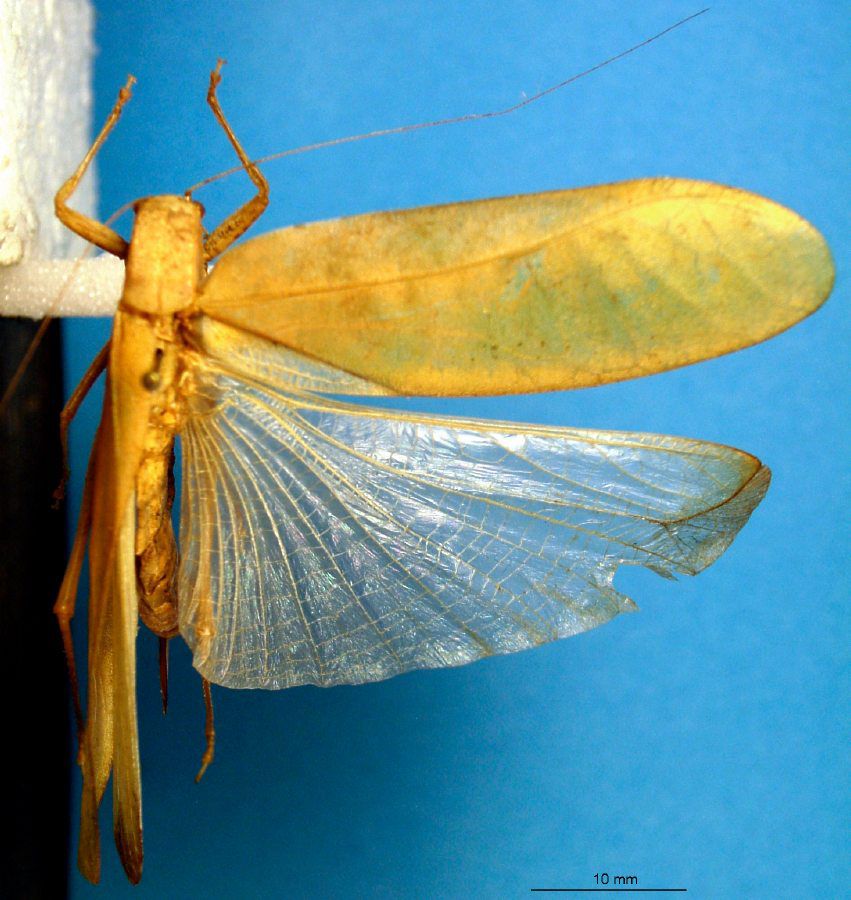Meet the Members Council: Jana Hoffmann

Hallo! My name is Jana Hoffmann. I have a background in biology (Taxonomy and Systematics) and am currently engaged in research on a diverse array of topics under the umbrella of the science programme “Digital World and Information Sciences” at the Museum für Naturkunde (MfN). As a result of this focus, I have become very aware of the new societal and technological challenges that Europeana is facing and feel well situated to help navigate future challenges.
The Museum für Naturkunde is one of the most significant research museums in the world. Facilitating a strong focus on biodiversity, evolution and geosciences, the collections of the MfN comprise more than 30 million items relating to Zoology, Palaeontology, Geology and Mineralogy, including an Animal Sound Archive containing approximately 120 000 animal sound recordings. Furthermore, the MfN houses its own historical archive and reference library.

Ehrenberg Drawings provided by Museum für Naturkunde Berlin, public domain.
Perspectives on Europeana
I had my first contact with Europeana about 6 years ago through the EU-funded project Biodiversity Heritage Library (BHL) for Europe, which I supported as project assistant and business analyst. BHL-Europe aimed at making digital European biodiversity literature available through its own portal while at the same time providing the content to Europeana. Building on my experience in BHL-Europe, I then shifted my focus to another project, Opening Up the Natural History Heritage for Europeana (OpenUp!), which focused on content provision and data harmonization, but was aimed at natural history collection objects. Today OpenUp! is among the Top 10 content providers for Europeana and occupies an important niche by providing natural history related digital content including images of specimens of zoological, botanical, paleontological, mineralogical and anthropological collections, but also animal sounds and scientific drawings.
Through my work on these projects, I have learned a lot about content provision to Europeana and am familiar with the perspectives of the content providers as well as aggregators, including some of the technical aspects like metadata mapping, schemas and harmonization. Furthermore, I was strongly engaged in negotiation over copyrights and supported an effort to make the metadata of Natural History content available under the CC0 as well as the content available through the Creative Commons Licensing Framework. These efforts were much more on the cutting edge than one would think given that Europeana was, and to some extent still is, fairly unknown in the Natural Sciences Sector.

Spessartin provided by Museum für Naturkunde Berlin, public domain
However, I later changed “sides” when I became involved in another innovative project, Europeana Creative, dealing with the creative re-use of Europeana’s data and its potential. In this project I supported the initial phase of the development of the Natural History Pilot for Europeana’s data re-use. The outcome is the first chapter of the adventure game “The Secret Legacy”, which teaches about the aims of a Natural History Museum and work as a taxonomist. The challenge in this effort was to work with a new set of partners from the creative gaming industry and to create a product that would be appealing for a completely new user group.
Promoting, Sharing, Linking
Being an elected councillor gives me the opportunity to continue my work in promoting Europeana and to strengthen its position in the Natural History Domain. Despite the fact that Natural History Content is now much better represented in Europeana, the general knowledge about Europeana among my colleagues is still lacking. Thus, one of my main targets moving forward will be to make Europeana better known and connected also within the “Non-Cultural” Heritage Domain.
I also support the sharing of content (metadata and media) as freely and for as many interest groups as possible. I see Europeana being the chance to make our Cultural Heritage visible and usable for all kinds of users – worldwide. Through Europeana we can overcome the known barriers in knowledge transfer to countries with less developed infrastructure and - of course - the younger generations. In addition, I see a great potential for building new partnerships with the Creative Industry in allowing the re-use of the Cultural Heritage content under well-defined rules that are beneficial for both sides: providers and users. In this effort, Europeana should act as a mediating platform and provide directions for best practices.
I enthusiastically support the technological progress and innovation in linking data across domains and content types and exploring new technological partnerships for a better user experience. I see Linked Data as being the future. It will create new impulses for innovative, inter- and transdisciplinary projects, initiatives and research.
I’m looking forward to support Europeana’s future development in a democratic way driven in dialog with and by the needs of the community. Did I hit on anything that is of high interest to you and you would like to see much more represented in the development of Europeana? Don’t hesite to contact me!
